You imported a fleet of electric tuk-tuks advertised to go 50 km/h, but on your city's roads, they barely reach 35 km/h. Now your drivers are complaining, and your business is looking slow.
An electric tuk-tuk's speed is set by its motor RPM and controller, but the real-world top speed is heavily influenced by load, terrain, and local laws. It is a balance between factory settings and the actual operating environment.
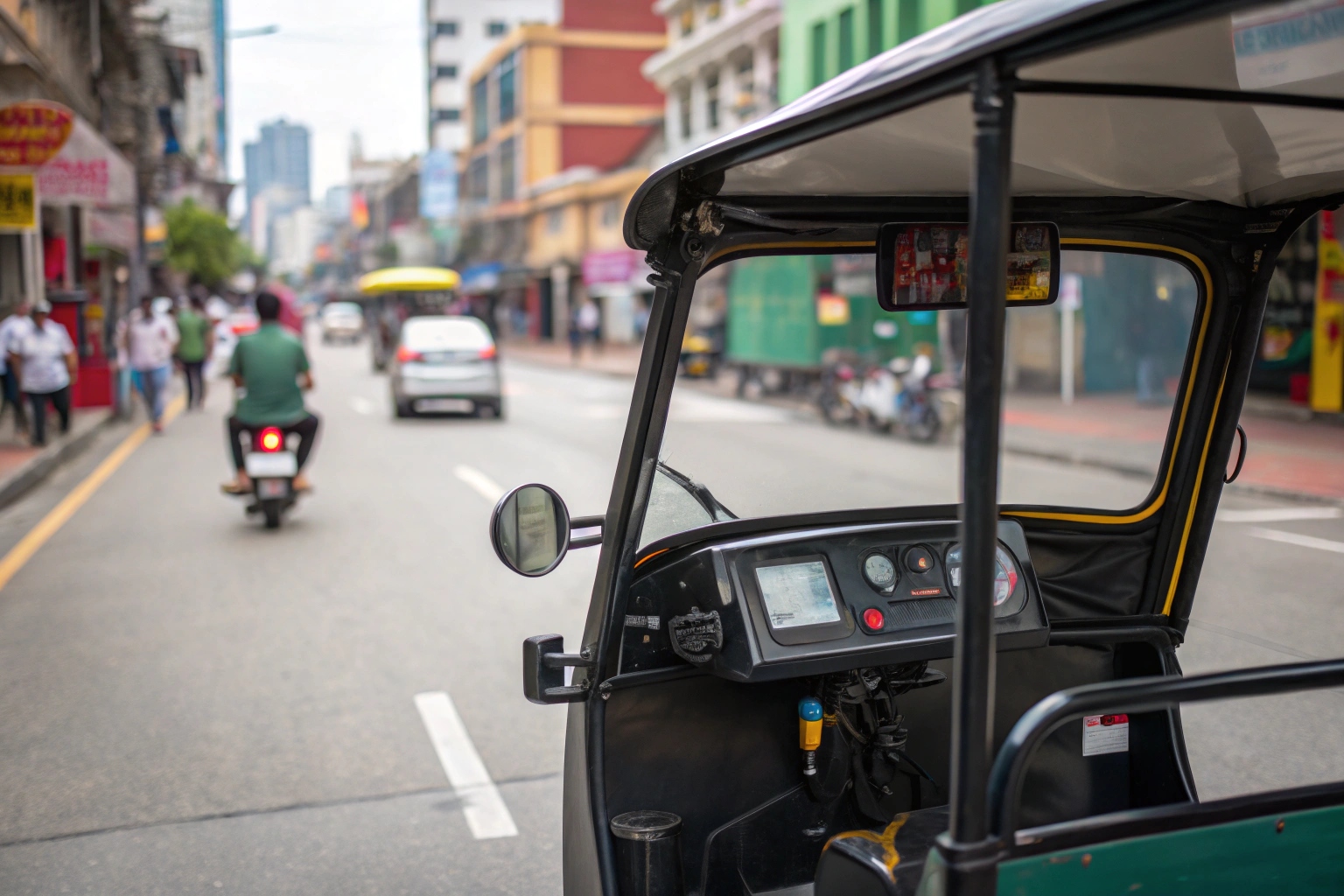
As a factory that exports globally, one of the first questions I always get is, "How fast can it go?" The answer is never just one number. The speed we can build into the vehicle and the speed you will actually get can be two different things. A tuk-tuk designed for heavy cargo has different speed priorities than one designed for carrying passengers as a taxi. Understanding what controls the speed helps you order the right product for your market and avoid disappointment.
Which Technical Factors Directly Impact Electric Tuk-Tuk Speed?
You're looking at spec sheets with different motors and controllers, but you don't know which combination will deliver the speed your business needs. This confusion can lead to a bad investment.
The three key technical factors are the motor's maximum RPM, the controller's programmed speed limit, and the gear ratio in the rear axle. System voltage (V) also plays a big role, as higher voltage enables higher motor RPM.
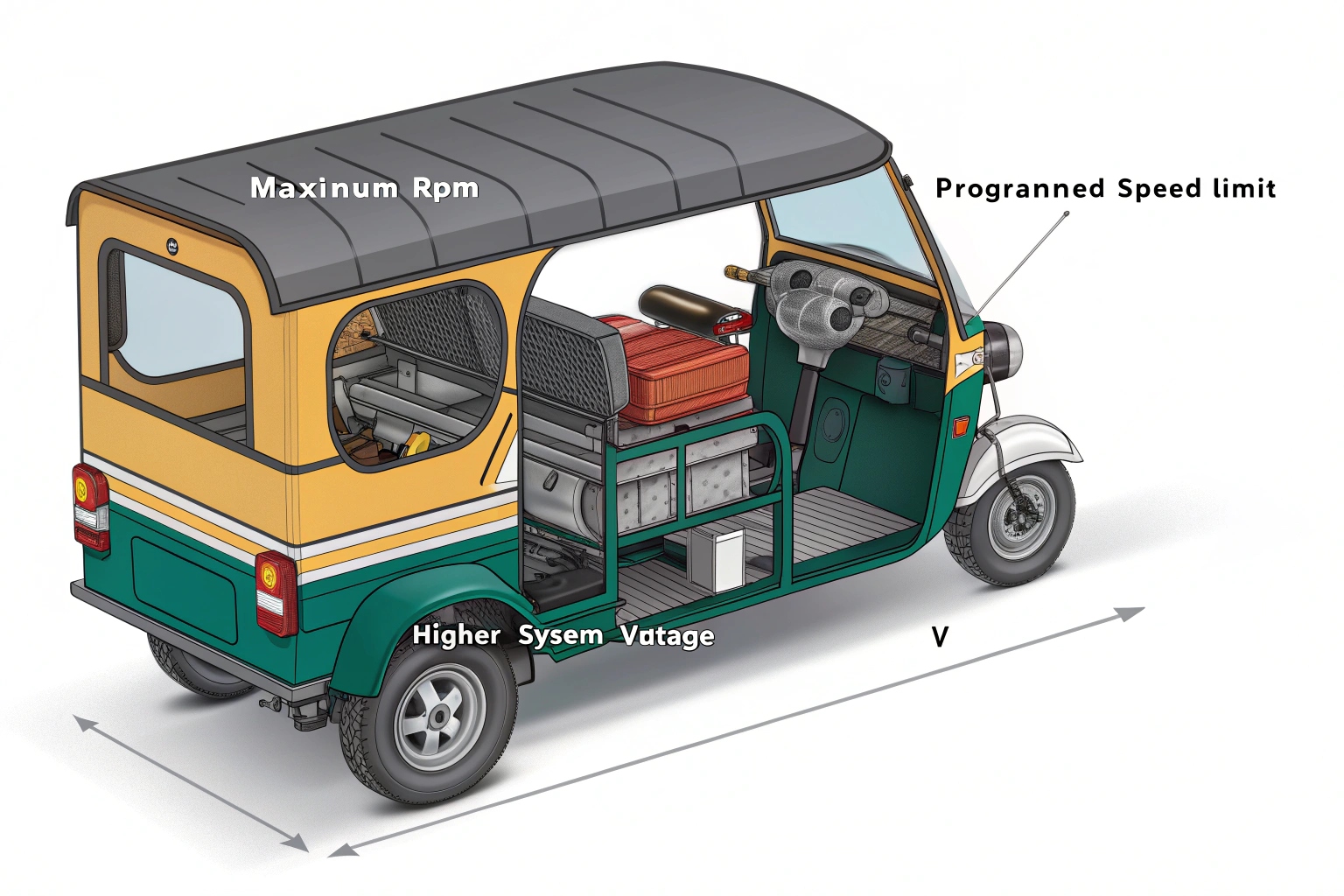
From our factory floor, I can tell you that we build a vehicle's potential speed using a few core components that must work together. It's a carefully balanced system. If one part is mismatched, you won't get the performance you expect. For example, a high-speed motor is useless if the controller has a low speed limit programmed into it. Here is how the main technical parts control the speed.
| Technical Factor | How it Affects Speed | Factory Consideration |
|---|---|---|
| Motor RPM | This is the motor's maximum rotational speed. A motor with a higher RPM rating has the potential for a higher top speed. | We source motors with specific RPM ratings designed for the vehicle's job—for example, a higher RPM for a passenger taxi. |
| Controller Limit | This is an electronic governor set by us at the factory. It can cap the top speed for safety or to meet legal rules. | This is a very common request. We program the controller based on client needs and the import country's regulations. |
| Gear Ratio (Axle) | This translates the motor's rotation into the wheels' rotation. A "high-speed" ratio gives more top speed but less pulling power (torque). | This is a critical choice. We match ratios to the main use: high torque for heavy cargo, balanced speed for taxis. |
| System Voltage | A higher voltage system, like 72V, allows the motor to spin faster than a lower voltage system, like 60V. | Upgrading to a 72V system is a common way for clients to get more speed, but it requires a matching motor and battery. |
How Do Road and Load Conditions Affect Real-World e-tuk Speed?
Your new tuk-tuk hits its top speed when empty on a perfect road. But with passengers and cargo, it struggles to keep pace, making your business seem unreliable and slow.
Heavy loads and uphill climbs force the motor to use more power just to move, which directly lowers the top speed. Wind resistance and rough roads also create drag, further slowing the vehicle down from its factory-rated speed.
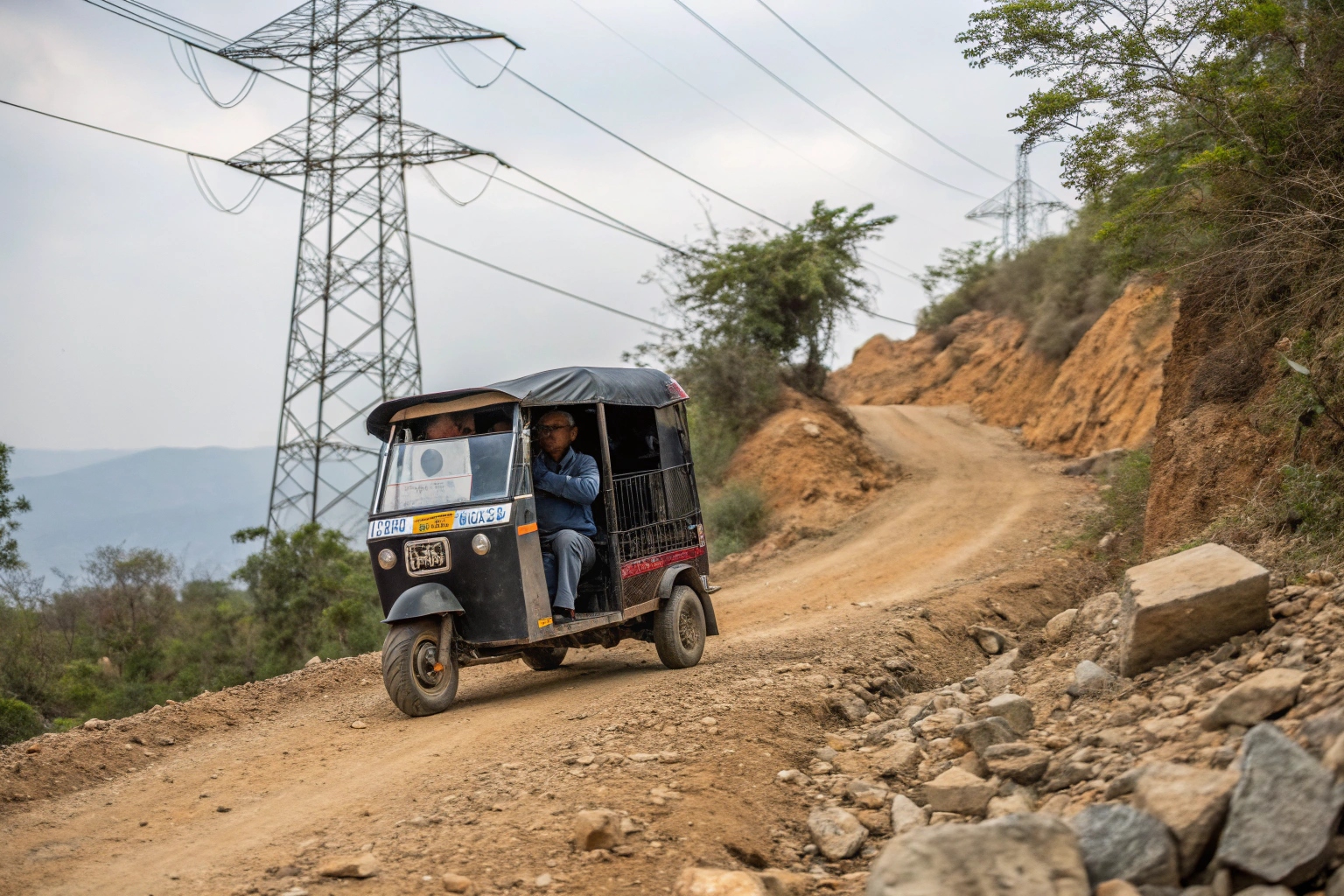
The top speed we test here at the factory is in ideal conditions: a single driver on a flat, smooth surface. But your world is not a test track. Every extra kilogram of weight and every degree of incline fights against the motor. I always tell my clients to think about their daily reality. A vehicle that is perfectly fast for the flat streets of Bangkok might feel very slow in the hilly suburbs of a city in Peru. It’s essential to understand that the advertised speed is a starting point, not a guarantee under all conditions. Here are the biggest factors that will slow you down in the real world.
| Real-World Factor | Impact on Speed | My Advice to Buyers |
|---|---|---|
| Vehicle Load | Significant decrease. Every passenger or box of cargo requires more energy just to get moving, leaving less power available for top speed. | Always think about your average load. A tuk-tuk for six people will be slower than a tuk-tuk for three with the same motor. |
| Road Incline | Major decrease. Climbing hills forces the motor to focus all its energy on torque (pulling power), which dramatically cuts the vehicle's speed. | If your daily routes include hills, you must prioritize a high-torque motor and gearing over a high top-speed rating. |
| Wind Resistance | Moderate decrease. This becomes more noticeable at higher speeds, especially for tuk-tuks with large, enclosed cabins or canvas roofs. | This is a factor for taxi models. An open-frame cargo trike will have less wind resistance than a fully enclosed passenger model. |
| Road Surface | Minor decrease. Driving on dirt, gravel, or poorly maintained roads creates more friction than smooth asphalt, which slows the vehicle down. | While you can't repave the roads, just be aware that rough terrain will naturally reduce your vehicle's top speed. |
Why Do Driving Habits and Regulations Limit Electric Tuk-Tuk Speed?
You want the fastest tuk-tuk possible, but you're worried about safety and local laws. Pushing for maximum speed could make your vehicles dangerous or illegal in your market.
Aggressive driving drains the battery faster and can be unsafe, while local traffic regulations often impose strict speed limits on three-wheeled vehicles. The maximum legal speed often becomes the vehicle's true top speed, regardless of its technical capability.
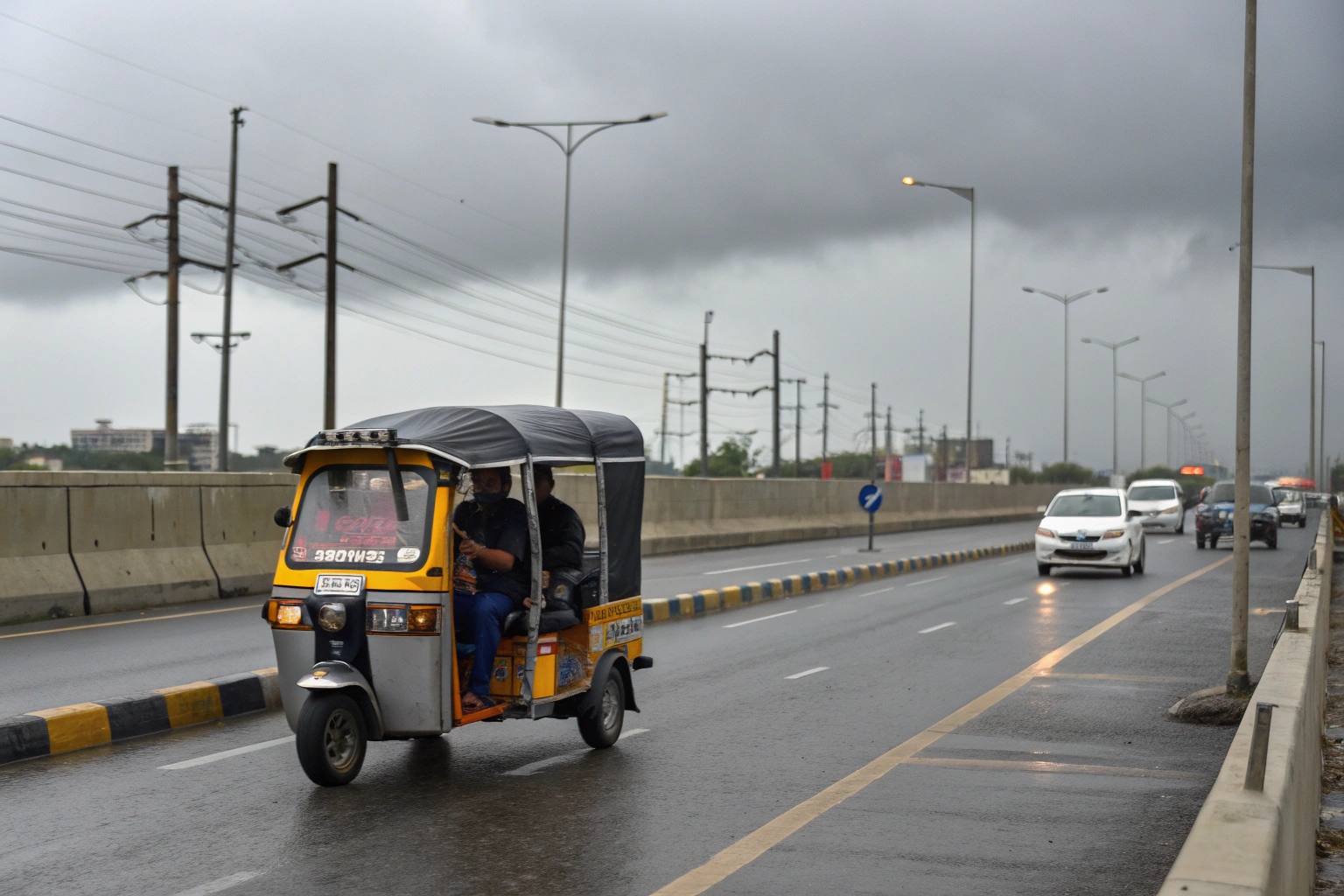
Even if you have the perfect motor and ideal road conditions, there are two final factors that put a hard limit on speed: the driver and the law. A driver who constantly accelerates hard might feel fast, but they are also draining the battery much more quickly, which can reduce the overall performance and range. However, the most important factor is local law. We export to many countries, and each one has different rules. For example, some cities in the Philippines or India have specific speed limits for commercial tricycles, often around 40-50 km/h. As an importer, you must know these rules. There is no point in ordering a 60 km/h tuk-tuk if the legal limit is 40 km/h. We often program the controllers to match our clients' local laws to ensure the vehicles are safe and compliant right out of the container.
What Should B2B Buyers Consider When Evaluating Tuk-Tuk Speed?
You need to decide on the right speed for your fleet. Choosing a speed that is too slow will frustrate drivers, while too fast can be unsafe and inefficient for the vehicle's purpose.
Evaluate speed based on the tuk-tuk's job. Passenger trikes need a safe, moderate speed (25-35 km/h). Cargo models require limited speed (under 40 km/h) for braking with heavy loads. Taxis can be faster (up to 55 km/h) for commercial efficiency.
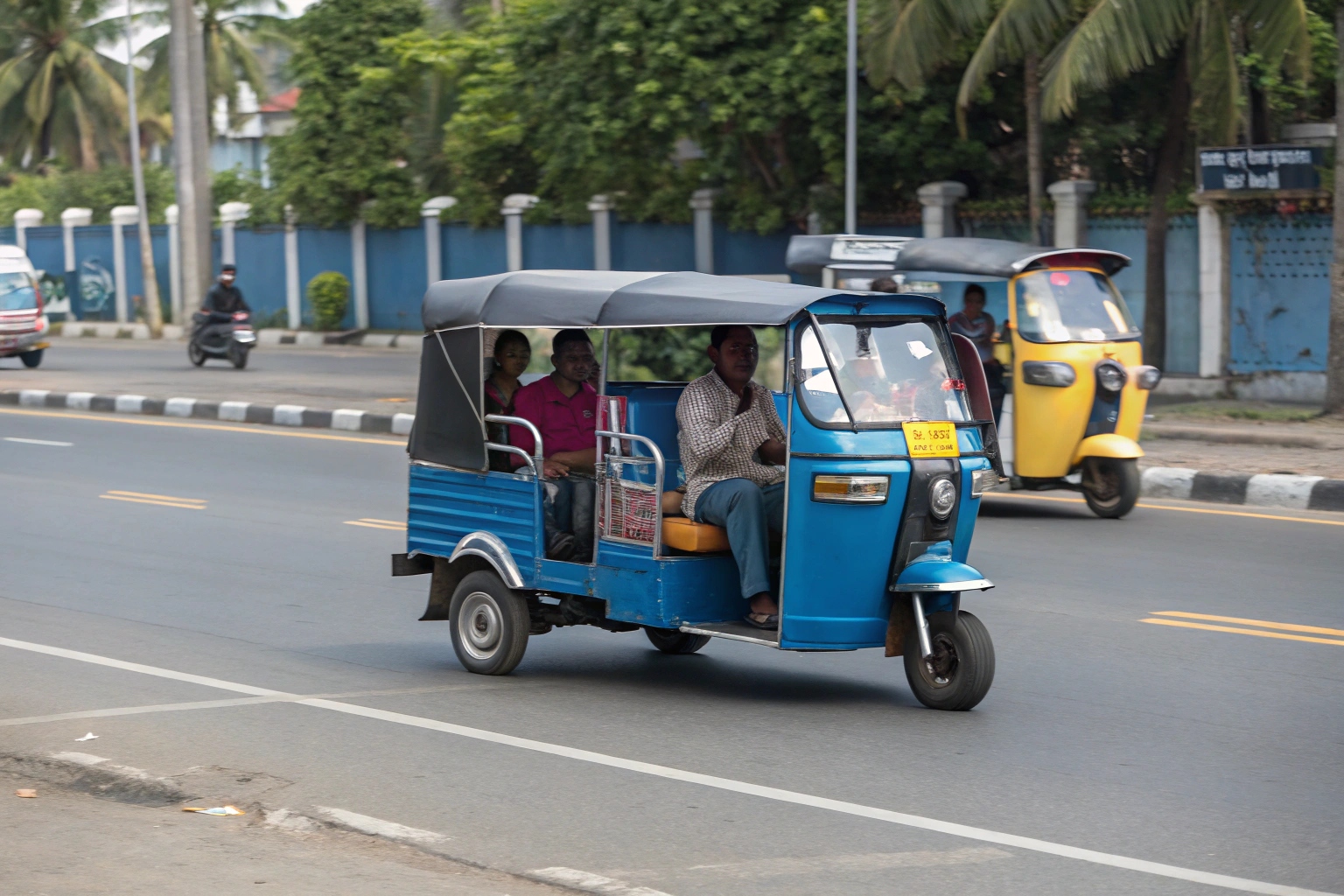
The final decision should not be about getting the "fastest" tuk-tuk. It should be about getting the right speed for your business model. The needs of a cargo operator are completely different from a city taxi service. From my experience working with hundreds of B2B buyers, the most successful ones match the vehicle's speed to its daily job. A faster motor and battery cost more, so paying for speed you don't need or can't safely use is a waste of money. Here’s a simple guide I use to help my clients make the right choice.
| Business Model | Primary Concern | Recommended Top Speed | Why This Speed? |
|---|---|---|---|
| Passenger Tricycle | Safety of passengers | 25 - 35 km/h | At these speeds, the vehicle is stable, easy to control in neighborhoods, and safe for its occupants. It's a comfortable ride, not a race. |
| Cargo Tuk-Tuk | Braking effectiveness | 40-45 km/h | When you have 500kg of cargo, stopping safely is more important than going fast. A higher speed would make the braking distance dangerously long. |
| Tuk-Tuk Taxi | Commercial efficiency | 50 - 55 km/h | This speed is fast enough to be efficient for city transport and completing more trips per day, but still within a safe range for urban traffic. |
บทสรุป
Choosing the right tuk-tuk speed is about matching the vehicle's capability to its purpose. Balance technical specs with real-world conditions and safety to ensure your fleet is efficient, profitable, and safe.

